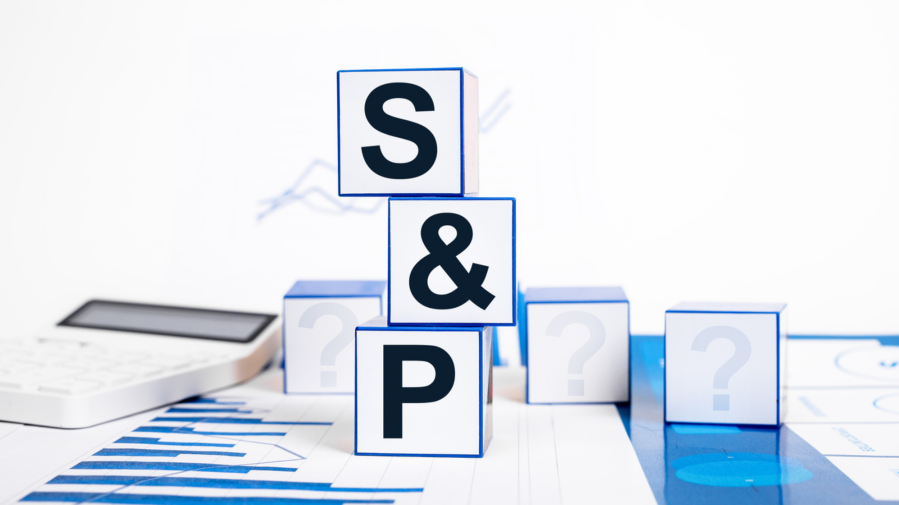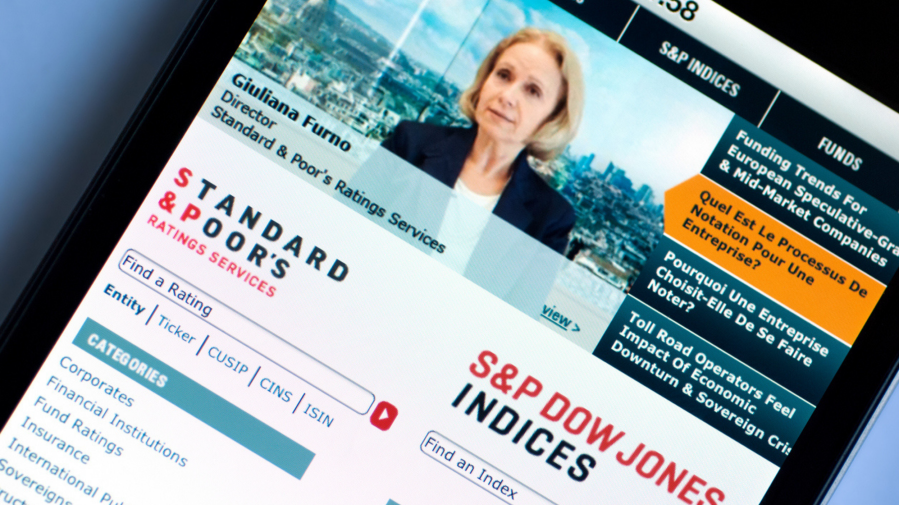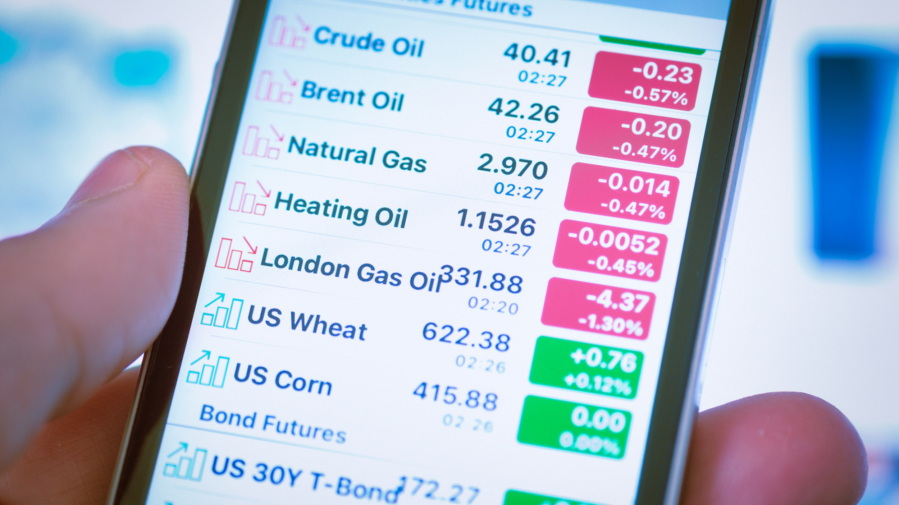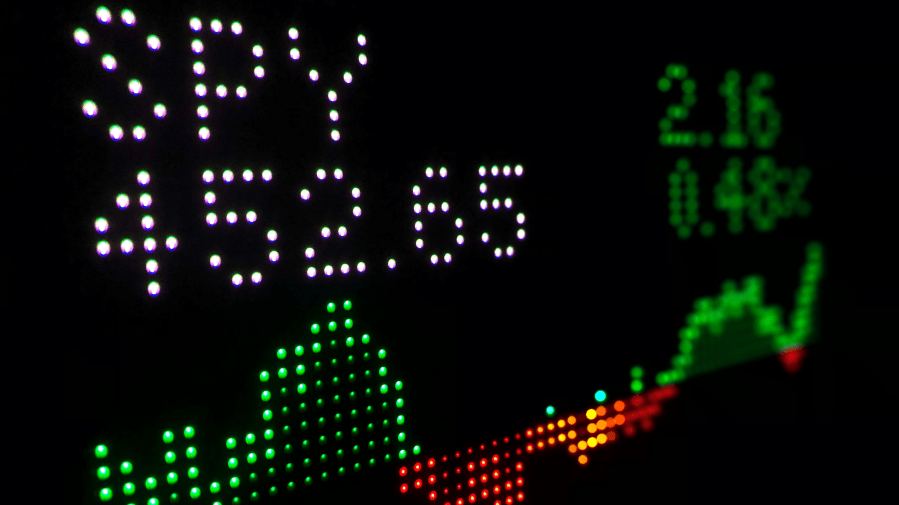How To Find P Value Of Test Statistic

Business concern intelligence is what S&P ratings are all about. This global corporation provides credit ratings on investments, including bonds and the stock market place. Before you lot tin empathize what a good rating is, it helps to understand the origins of this visitor and why its assessments matter.

Standard & Poor'due south (S&P) began back in 1923 as the Standard Statistics Company. In 1941, it merged with Poor's Publishing, condign Standard & Poor'due south. Once the two companies merged, it went from a 233-company stock market place indicator to one with a stock index of 416 companies. It hit 500 in 1957, which is where the famous "S&P 500" originated and combined with Dow Jones Indices in 2012 to get the industry leader. Today, S&P provides ratings for 28 countries to evangelize market place intelligence that investors can count on.
How Are Ratings Determined

To make up one's mind S&P ratings, their analysts pore over almanac reports, news manufactures, press releases and interviews with a visitor's direction team. They combine that information with details about the visitor's operations, policies and financial outlook to evaluate general creditworthiness and independent credit ratings.
While these ratings shouldn't be taken every bit investment recommendations or predictions of default probabilities, every bit noted by The Balance, they do provide the Due south&P's stance about the bond or stock issuer's ability to meet its financial obligations. It's a rough construction designed to give investors a little basic insight, but information technology can't account for unforeseen developments or events.
S&P Ratings: From Best to Worst

S&P ratings are expressed as alphabetic character-based grades. The best is AAA, and the worst is D. Multiple messages, pluses and minuses are all used to indicate a company, stock or bond's strength. For more than information on the different ratings, consider the following indicator of the ability to see financial commitments:
- AAA: Extremely strong
- AA: Very potent
- A: Stiff but susceptible to changes in circumstances
- BBB: Adequate but more susceptible to adverse economical conditions
- BB: Less vulnerable in the brusque term but facing ongoing uncertainty
- B: More vulnerable to adverse conditions but currently able to meet financial obligations
- CCC: Vulnerable and dependent on business concern conditions conducive to coming together financial obligations
- CC: Highly vulnerable and projected to default
- C: Highly vulnerable, with the recovery of debts projected to be less than college-rated commitments
- D: Default has already occurred
Why S&P Ratings Affair

In addition to giving y'all a improve idea about the ability of the issuer of a bail to pay its debt, South&P ratings as well affect involvement rates. As The Balance notes, the college the letter of the alphabet grade, the lower the interest rate the issuer typically has to pay. This is straight related to the amount of take chances that you, the investor, have to take. Less risk, less return.
Types of S&P Ratings
Now that you lot understand what S&P ratings mean in general, consider the different types of ratings. Different lists offer insight into different types of markets. For case:
- S&P 500 provides ratings for the largest of the Us' 500 publicly traded companies
- Standard & Poor'south Underlying Rating (SPUR) offers an opinion on the credit quality of a municipality
- S&P 500 Buyback Alphabetize tracks the performance of the 100 companies in the S&P 500 that have the highest buyback ratios
Source: https://www.askmoney.com/budgeting/what-is-good-sp-rating?utm_content=params%3Ao%3D1465803%26ad%3DdirN%26qo%3DserpIndex
Posted by: ferrantelittly.blogspot.com


0 Response to "How To Find P Value Of Test Statistic"
Post a Comment